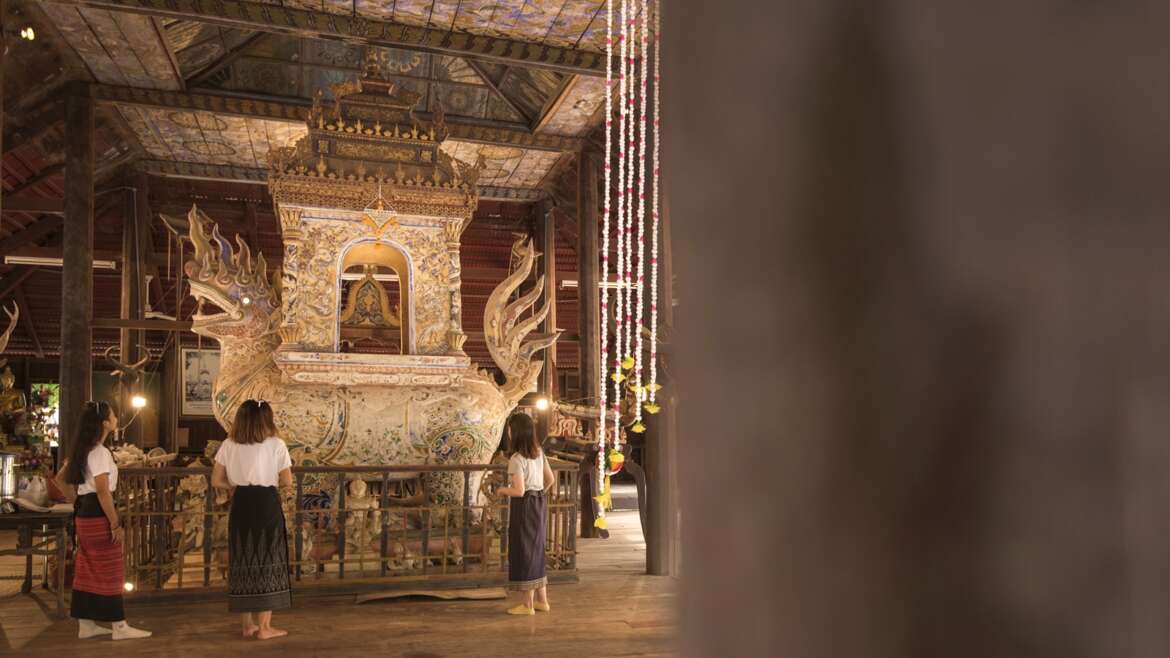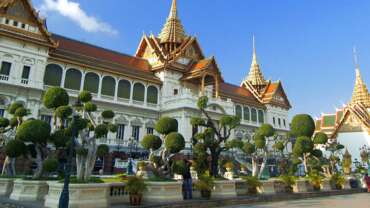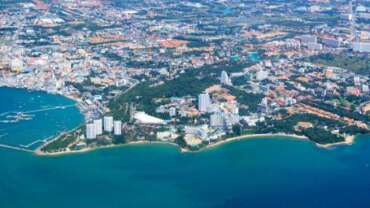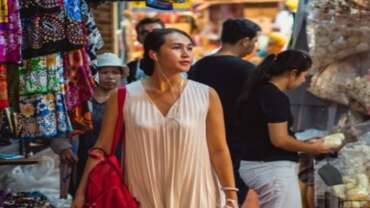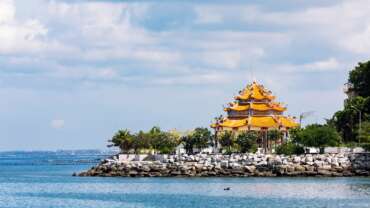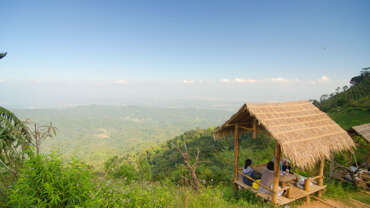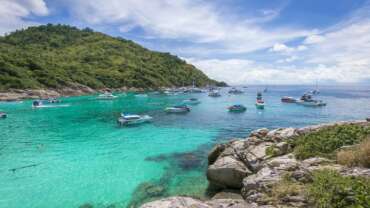Ubon Ratchathani - Thailand
Ubon Ratchathani province features plateaus and mountain ranges with the Mun River running through the middle. The region where Ubon Ratchathani borders both Cambodia and Laos has been coined “the Emerald Triangle” in recognition of its magnificent green landscapes. Adding to Ubon Ratchathani’s natural appeal, Phu Chong Nayoi and Pha Taem national parks are two of Isan’s most unspoiled and unvisited natural preserves. Ubon Ratchathani, the north-east’s largest city, is also a wonderful place to witness the annual candle festival, a charming Buddhist celebration.
Ubon Ratchathani has many interesting and beautiful places to visit such as Pha Taem National Park, which is famous for its prehistoric rock paintings, Sam Pan Boak or the Grand Canyon of Thailand, Huai Sai Yai Waterfall, one of the most beautiful waterfalls of Northeastern Thailand, Kaeng Saphuee Public park, Wat Tham Khuha Sawan, and Wat Phrathat Nong Bua.
For those who are enthusiastic about local festivals, the Candle Festival on Khao Phansa Day is the most important event of the province, in which huge and elaborately carved candles are paraded throughout the city.
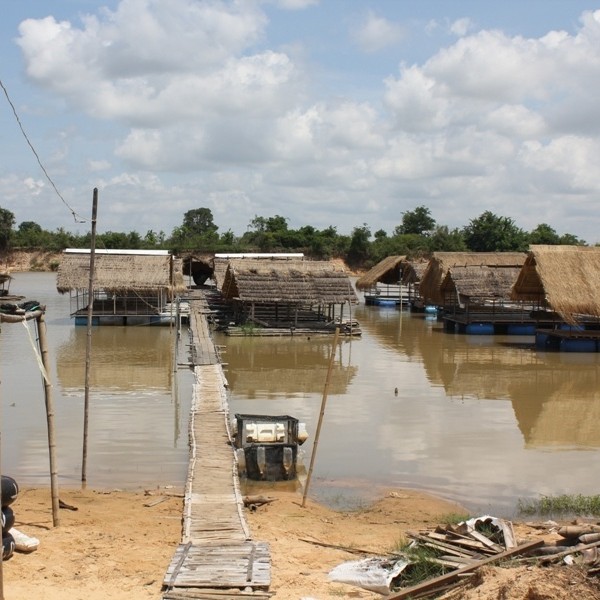
Hat Khu Duea
Hat Khu Duea is a sand beach on the bank of the Mun River. It is located in Jaeramair Sub-district, Mueang District, Ubon Ratchathani Province, which is around 12 kilometers from the city center. There are a lot of restaurants on the raft around Hat Khu Duea. It is a place where people in Ubon Rathchathani Province and tourists like to hang out. This is not only because the food here is fresh, tastes good, and has many dishes to choose, but also because the surrounding view is nice and pleasant, especially during the drying season, when the tide of the Mun River is on the ebb, revealing a long orange beach along the bank. There are many famous dishes in Hat Khu Duea.
The first recommended dish is Goong Ten (dancing shrimps). It is said among the tourists that those who visit this beach but do not order this dish have not actually arrive at Hat Khu Duea. Small and big fresh shrimps jump and dance as if they want to invite the tourists to try its delicious taste mixed with sharp flavoring. The next dish is grilled fish. Big snake-head fish are mixed with spices before being grilled until they are perfectly cooked.
Those who taste the grilled fish will feel the nice smell of spices, together with the fish’s sweet taste. This dish is so nice to try. The other recommended dish is baked shrimp and vermicelli. Big fresh shrimps are hidden in sticky but soft vermicelli with the smell of galangal and lemongrass. It can be eaten with warm rice or with alcohol drinks.
Kaeng Sam Phan Bok
Kaeng Sam Phan Bok or the three thousand holes is located at Ban Song Khon, Amphoe Pho Sai. They are the rapids under the Mekong River eroded by the swirling water in the flooding season until they turned to have more than 3,000 holes or Bok. Bok is a Laotian word which means a deep hole of the rapids under the Mekong River. These rapids can be noticed in the dry season when there is no water. It presents a wonder of nature in the middle of the Mekong River, which was later called by the villagers the “Mekong Grand Canyon”. The most suitable period to visit Kaeng Sam Phan Bok is during December – May.
It has a beautiful rock whose shape looks like a dog’s head. One of the fables told is that in the past a city ruler was impressed with these gorgeous rapids, so he had an aristocrat conduct some research. After that, a gold treasure was found so they let a dog protect the entrance before the city ruler came out of the hole. When discovering the treasure, the greedy city ruler was afraid that the aristocrat would take a part of it, so he got out through another exit and let the dog wait until it died.
Some other fables told were that the son of the Naga in the Mekong River excavated the land to build another creek and assigned a dog to protect the entrance while digging until it died and turned into stone.
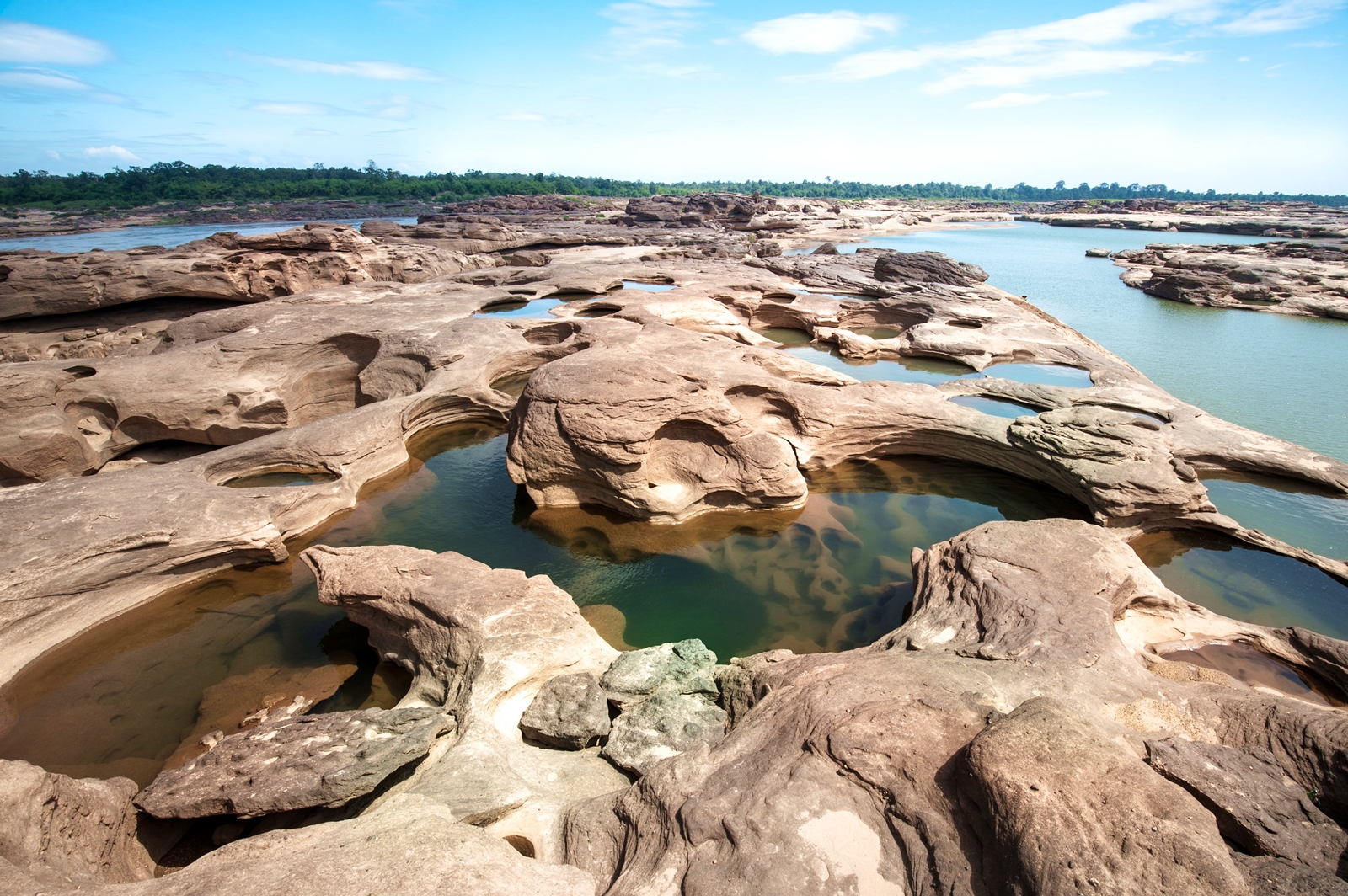
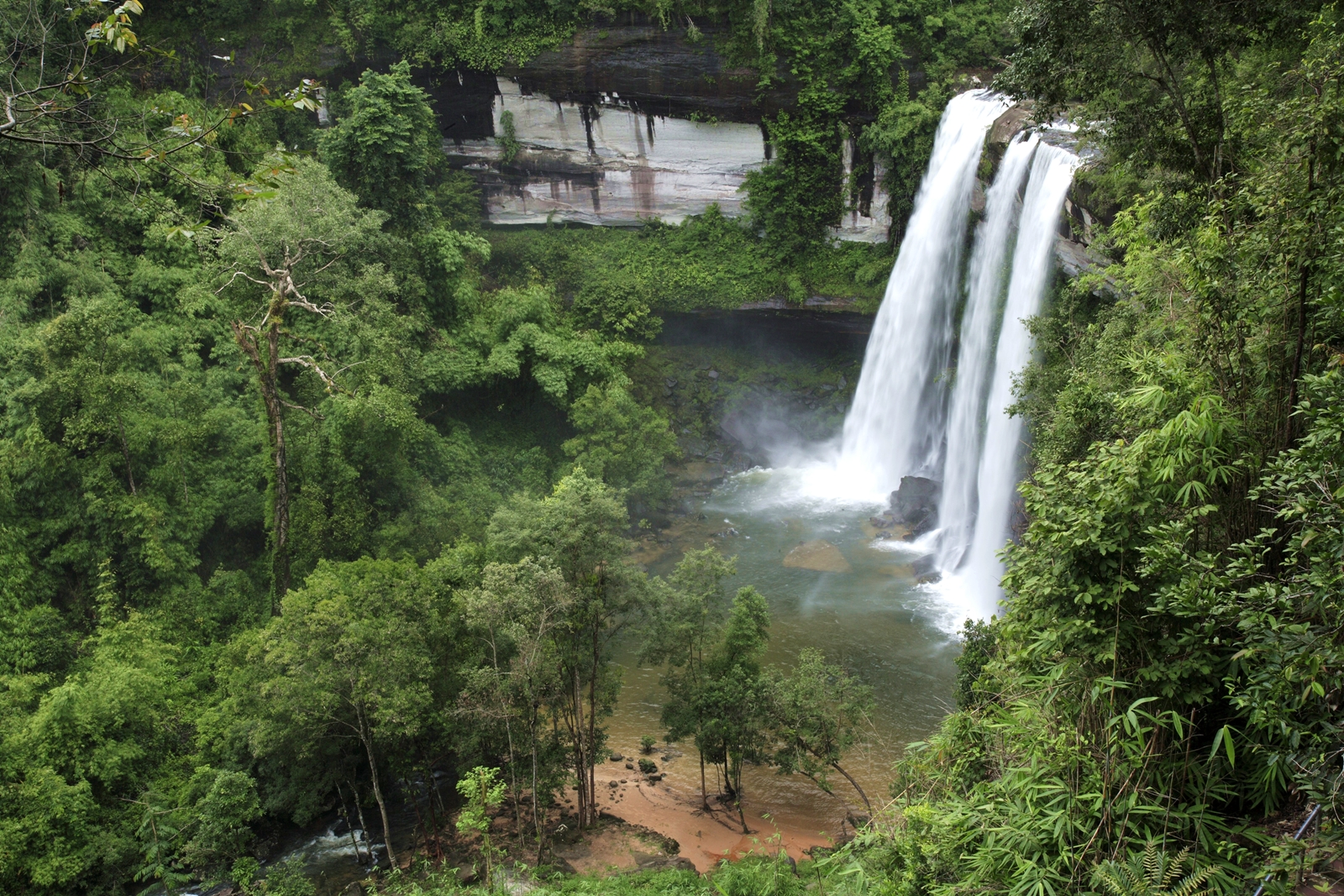
Phu Chong Na Yoi National Park
Phu Chong – Na Yoi national park .The park covers a total area of 686 sq. kms. in Amphoe Buntharik, Amphoe Na Chaluai, and Amphoe Nam Yuen. Its boundary connects to Lao PDR. and Cambodia in the area called the Emerald Triangle. With a lush jungle of the Dongrek Range, the park was established on 1 June, 1987. The park’s headquarters is located at Ban Kaeng Rueang, Amphoe Na Chaluai, 150 kms. from downtown Ubon Ratchathani. Its attractions include. – Namtok Huai Luang or Namtok Bak Teo (น้ำตกห้วยหลวง หรือ น้ำตกบักเตว) The waterfall is situated 3 kms. from the park’s headquarters and accessible by car. Plunging for three steps from the elevation of 30 metres, the waterfall has a small pool with a white beach and turquoise colour water that allows tourists to enjoy from September to February.
There is a trail leading to Namtok Chum Chim or Namtok Pra-on La-o downstream. – Phlan Yao Rock Garden Rocks in different formations are scattered around the area. – Pha Phueng Viewpoint The viewpoint is just next to the rock garden. From there, tourists can enjoy the scenery of the Lao and Cambodian border.
Its small cave houses beautiful rocks and a large beehive. – Namtok Koeng Mae Phong The waterfall is 9 kms. south of Namtok Huai Luang along the nature trail. It originates from the Lam Dom Noi Stream. – Kaeng Sila Thip The large rapids is 3 kms. from the park’s headquarters.
Annamese Lion Pulpit At Ban Chi Thuan
Annamese Lion Pulpit at Ban Chi Thuan The Buddhist pulpit is placed at Wat Sinuan Saeng Sawang Arom, Ban Chi Thuan, Tambon Chi Thuan. The concrete pulpit itself is quite unique with a lion sculpture carrying the pulpit with decorative stucco, multi-layer wooden roof, and painting in the Annamese style.
Estimated to have been built in 1925 by Annamese craftsmen, the pulpit is considered a precious piece of local art. To get there, the village is 26 kms. from downtown Ubon Ratchathani. Motorists can use Highway 23 and then 2412. The village is 5 kms. off the main road, on the left.
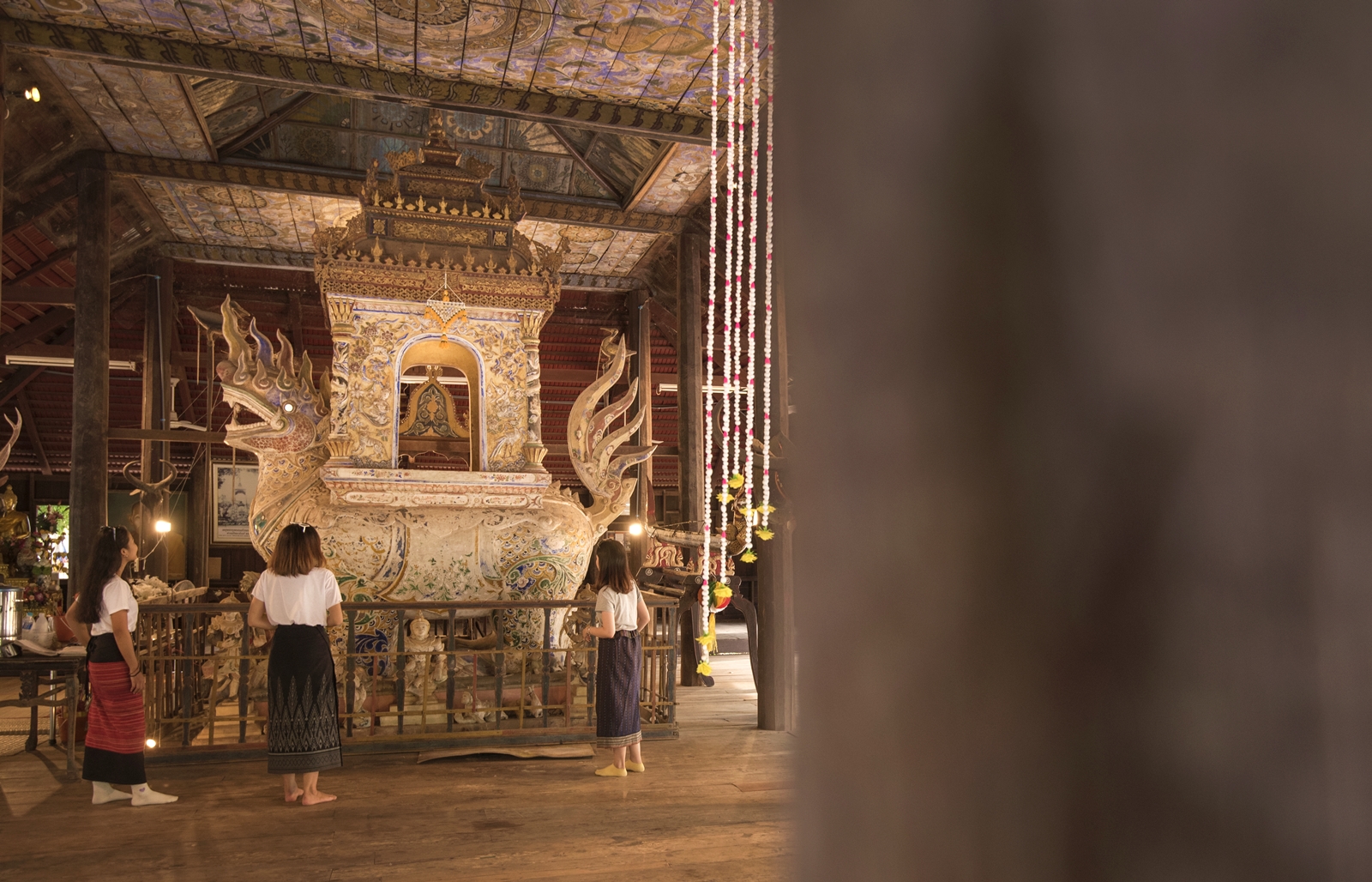
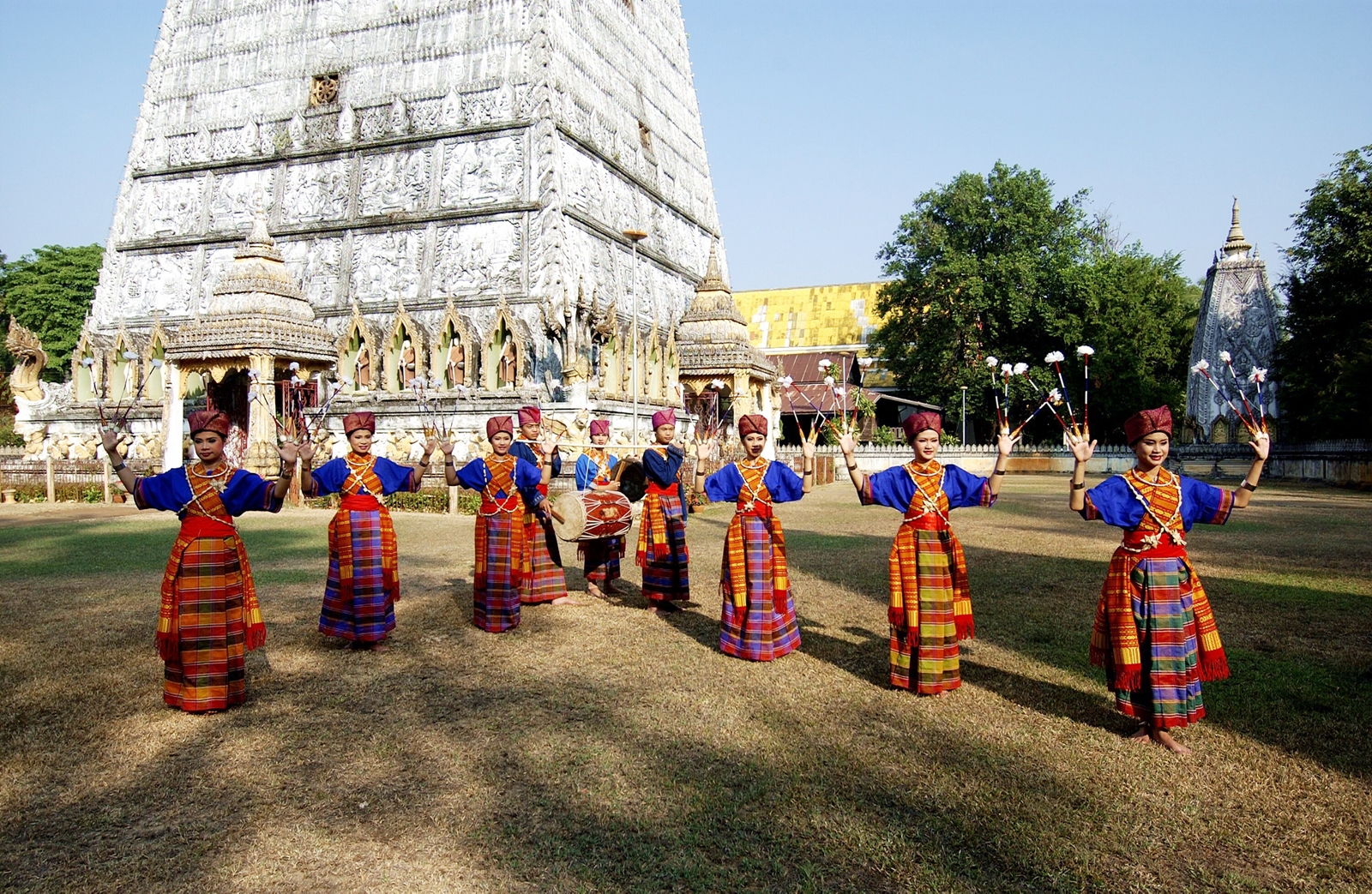
Thung Si Mueang
Thung Si Mueang, A field in the heart of the city, in front of the city hall, is a beautifully landscaped public park. Formerly the ruler’s rice paddy fields, it was turned into a public park and venue for festivals during the reign of King Rama V. The field has four gates; namely, Ubon Det Pracharak, Ubon Sak Prachaban, Ubon Kan Prachanit, and Ubon Kit Prachakon. It houses an imitation of a carved candle sculpture, health park, and playground. Moreover, its attractions include: City Pillar Shrine Located at the southern corner of the field, the sacred pillar was built in 1972.



